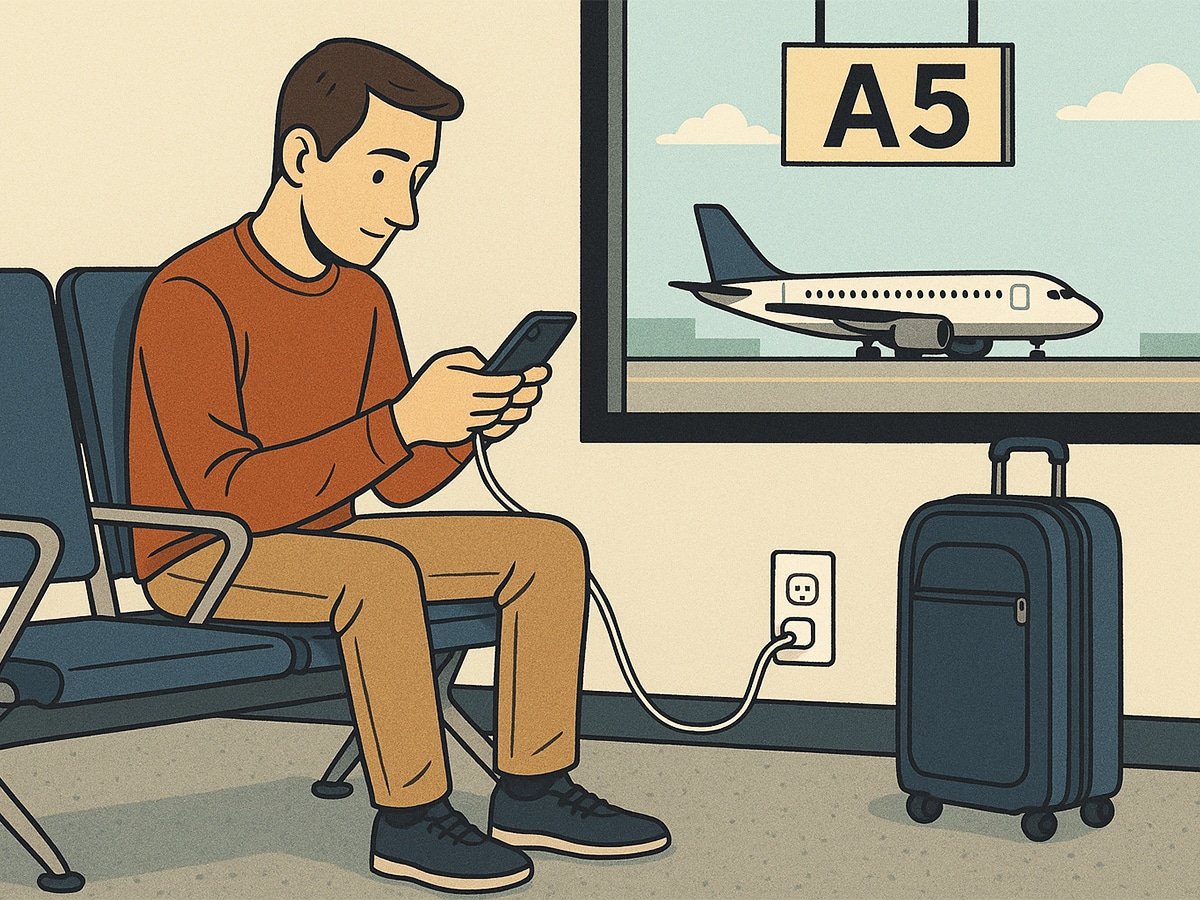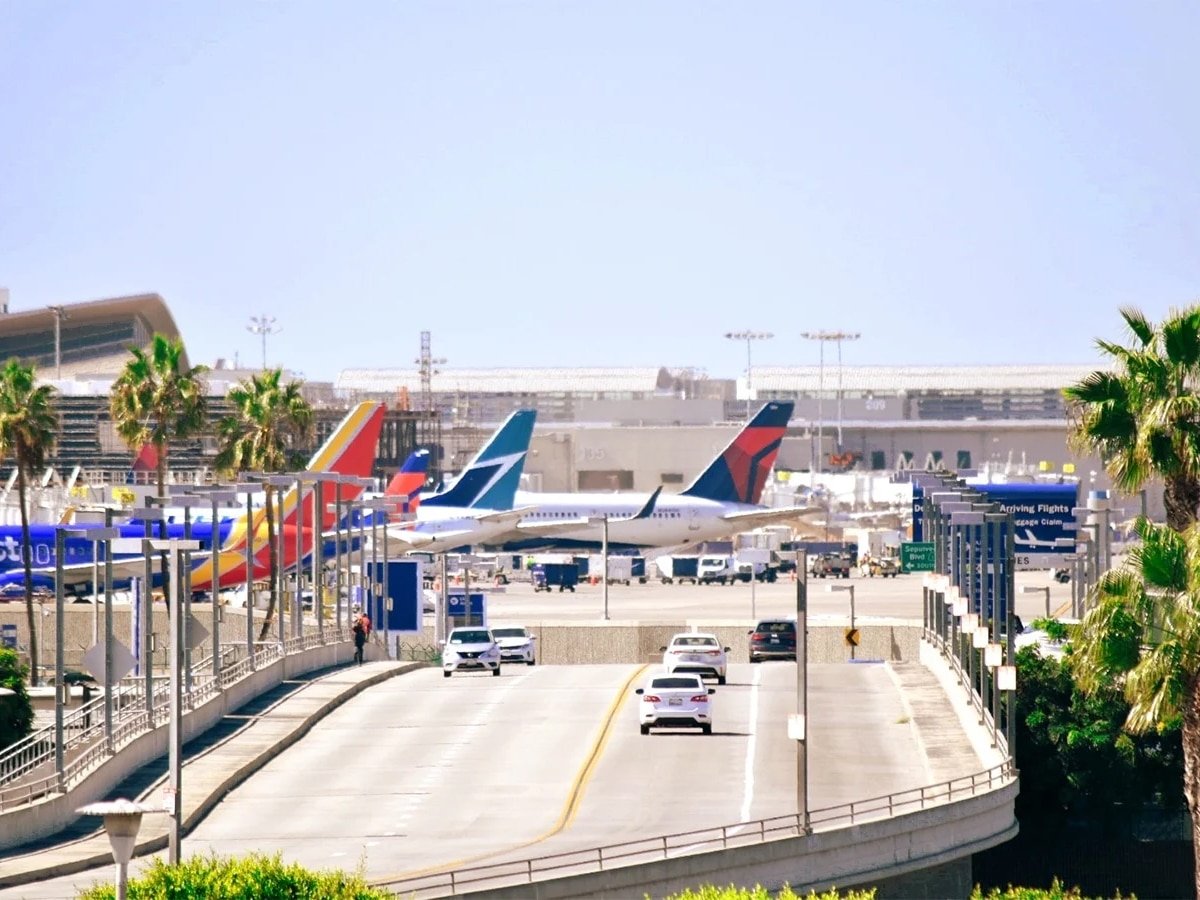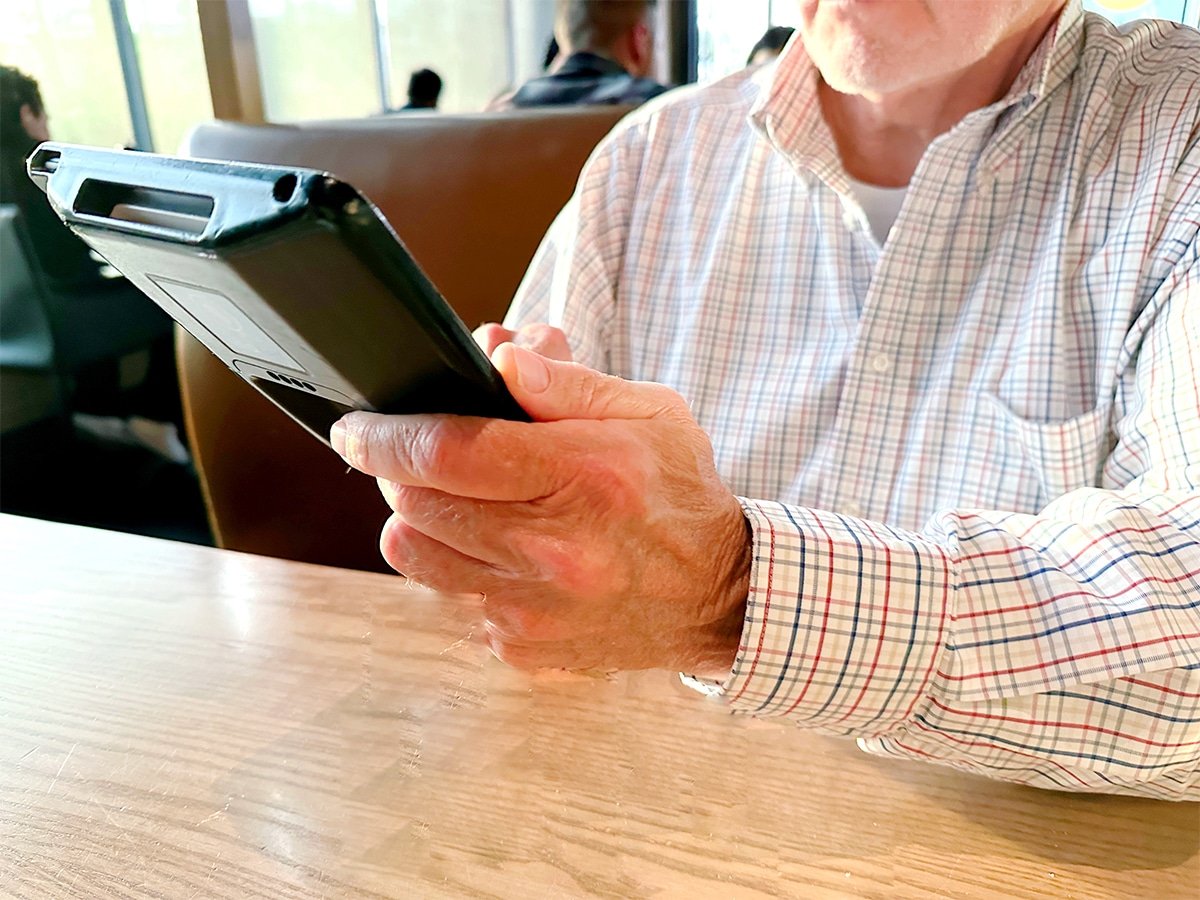This post contains references to products from one or more of our advertisers. We may receive compensation when you click on links to those products. For an explanation of our Advertising Disclosure, visit this page.
My friend and host of the PBS show Dream of Italy, Kathy McCabe, recently reached out to alert me and my readers about a disturbing practice she encountered on a flight to Italy. In a video she shared on Instagram (embedded below), she explains exactly what happened and why it’s such a big deal for people like her.
View this post on Instagram
To paraphrase what Kathy said: When her British Airways plane landed in Milan, Italy, the pilot got on the PA and said, “We’re going to come through the cabin and spray something. Please close your eyes.”
Unfortunately, Kathy suffers from a serious condition called MCS (Multiple Chemical Sensitivity) and CIRS (Chronic Inflammatory Response Syndrome), caused by living in a condo with toxic mold in Washington, D.C.
When she heard the announcement, she said, “I hopped, skipped, bolted to the front of the airplane and said to the flight attendant, listen, can I see what you’re about to spray?” Below is a picture of the can:
 As you can see it’s made with Phenothrin, which is a synthetic pyrethroid insecticide commonly used to kill insects like fleas, lice and mosquitoes. It works by disrupting the nervous systems of pests, leading to paralysis and death. While phenothrin is generally considered safe in low doses for humans, exposure can cause allergic reactions or respiratory issues, especially in individuals with chemical sensitivities. It’s one of the chemicals sometimes used in aircraft ‘disinsection’ procedures to prevent the spread of insect-borne diseases.
As you can see it’s made with Phenothrin, which is a synthetic pyrethroid insecticide commonly used to kill insects like fleas, lice and mosquitoes. It works by disrupting the nervous systems of pests, leading to paralysis and death. While phenothrin is generally considered safe in low doses for humans, exposure can cause allergic reactions or respiratory issues, especially in individuals with chemical sensitivities. It’s one of the chemicals sometimes used in aircraft ‘disinsection’ procedures to prevent the spread of insect-borne diseases.
Kathy told the flight attendant, “Listen, if you spray this, I may go into anaphylaxis, I may go into shock and you may need to call an ambulance. It is not going to be pretty.” She asked if there was anything the pilot could do and there was. The pilot chose not to spray.
The flight attendant told her that British Airways sprays this on flights between the United Kingdom and India and Italy. He thought it was because of monkeypox, but according to USA Today, which covered this in a recent story, the Federal Aviation Administration says that “spraying pesticides in commercial airplanes has been in place to some degree since the mid-1940s. Preventing the spread of insect-borne diseases like Zika, dengue fever and malaria by spraying pesticides or wiping down the cabin before boarding is a practice called disinsection, according to the Centers for Disease Control and Prevention. It can happen before or during the flight.”
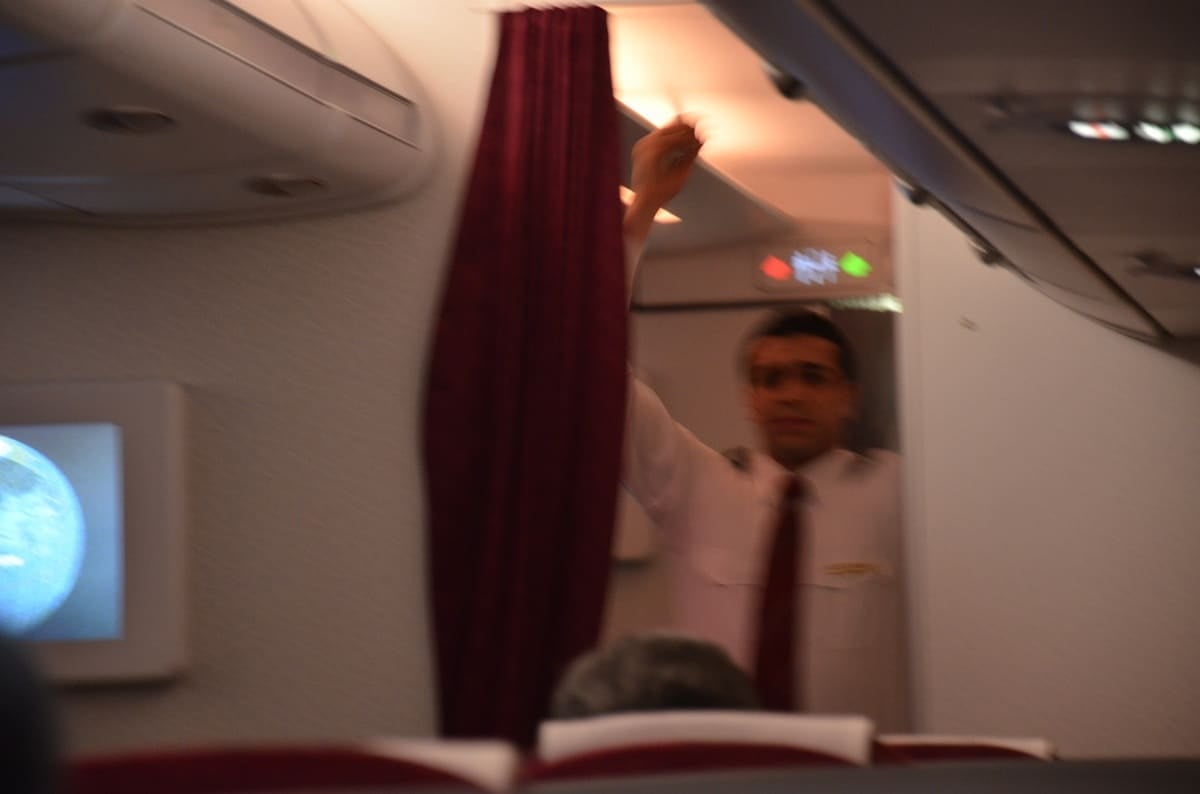 I’ve been on multiple flights where this has happened, but never in the U.S. or Europe. I can’t remember all of the countries I’ve landed in where this has been done but I know it has definitely happened upon landing in India and The Maldives. Photos of both of those incidents are above and below.
I’ve been on multiple flights where this has happened, but never in the U.S. or Europe. I can’t remember all of the countries I’ve landed in where this has been done but I know it has definitely happened upon landing in India and The Maldives. Photos of both of those incidents are above and below.
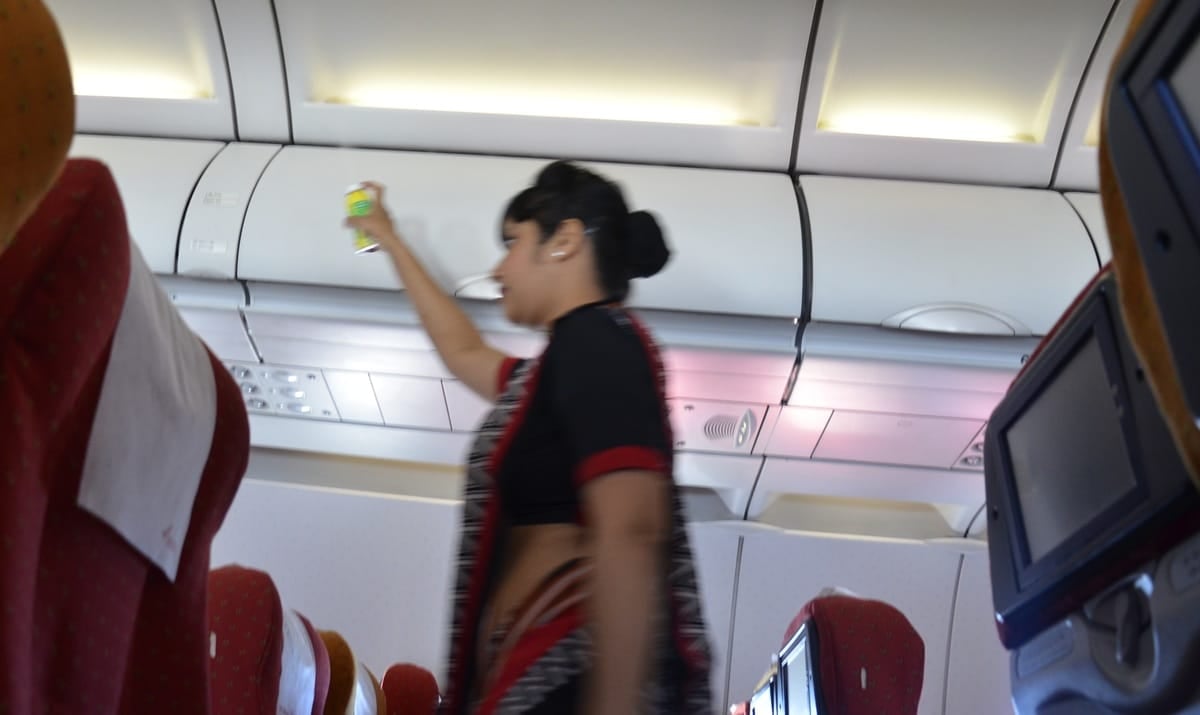 Kathy says she’s flown to Europe at least a hundred times and has never encountered this before. According to USA Today, “Several countries require disinsection on all inbound flights or if the aircraft has recently been to a region where these diseases are prevalent. According to the U.S. Department of Transportation, those that require pesticide sprays on all flights while passengers are onboard include: India, Grenada, Ecuador (only for Galapagos and interislands), Madagascar, Seychelles, Trinidad and Tobago, and Uruguay.”
Kathy says she’s flown to Europe at least a hundred times and has never encountered this before. According to USA Today, “Several countries require disinsection on all inbound flights or if the aircraft has recently been to a region where these diseases are prevalent. According to the U.S. Department of Transportation, those that require pesticide sprays on all flights while passengers are onboard include: India, Grenada, Ecuador (only for Galapagos and interislands), Madagascar, Seychelles, Trinidad and Tobago, and Uruguay.”
Kathy is absolutely right. Passengers need to be warned in advance so they can prepare. USA Today interviewed Dr. Michael Policastro, a toxicologist and emergency medical physician in Cincinnati, who said children, elderly passengers, and those with respiratory illnesses or neurological conditions may suffer irritant exposure when sprayed in the cabin. This can result in coughing, eye watering, nasal congestion, or potential skin irritation.
Policastro recommends that travelers who are sensitive to chemicals talk to their doctor before their trip if they’re flying on a route that qualifies for disinsection. He also suggests wearing long-sleeve shirts and pants to limit skin contact with the chemicals. I would add wearing an N95 or KN95 mask and goggles as extra protection.
KEEP READING
–How to make sure the TSA Precheck checkmark is on your boarding pass
–Did you know your electronic devices should always be charged when going through security?
–10 airport security hacks every traveler needs to know
–Mom shares hilarious reason she’s not getting TSA Precheck anytime soon
–How to get a full bottle of water through airport security
Want more travel news, tips and deals? Sign up to Johnny Jet’s free newsletter and check out these popular posts: The Travel Gadget Flight Attendants Never Leave Home Without and 12 Ways to Save Money on Baggage Fees. Follow Johnny Jet on MSN, Facebook, Instagram, Pinterest, and YouTube for all of my travel posts.

